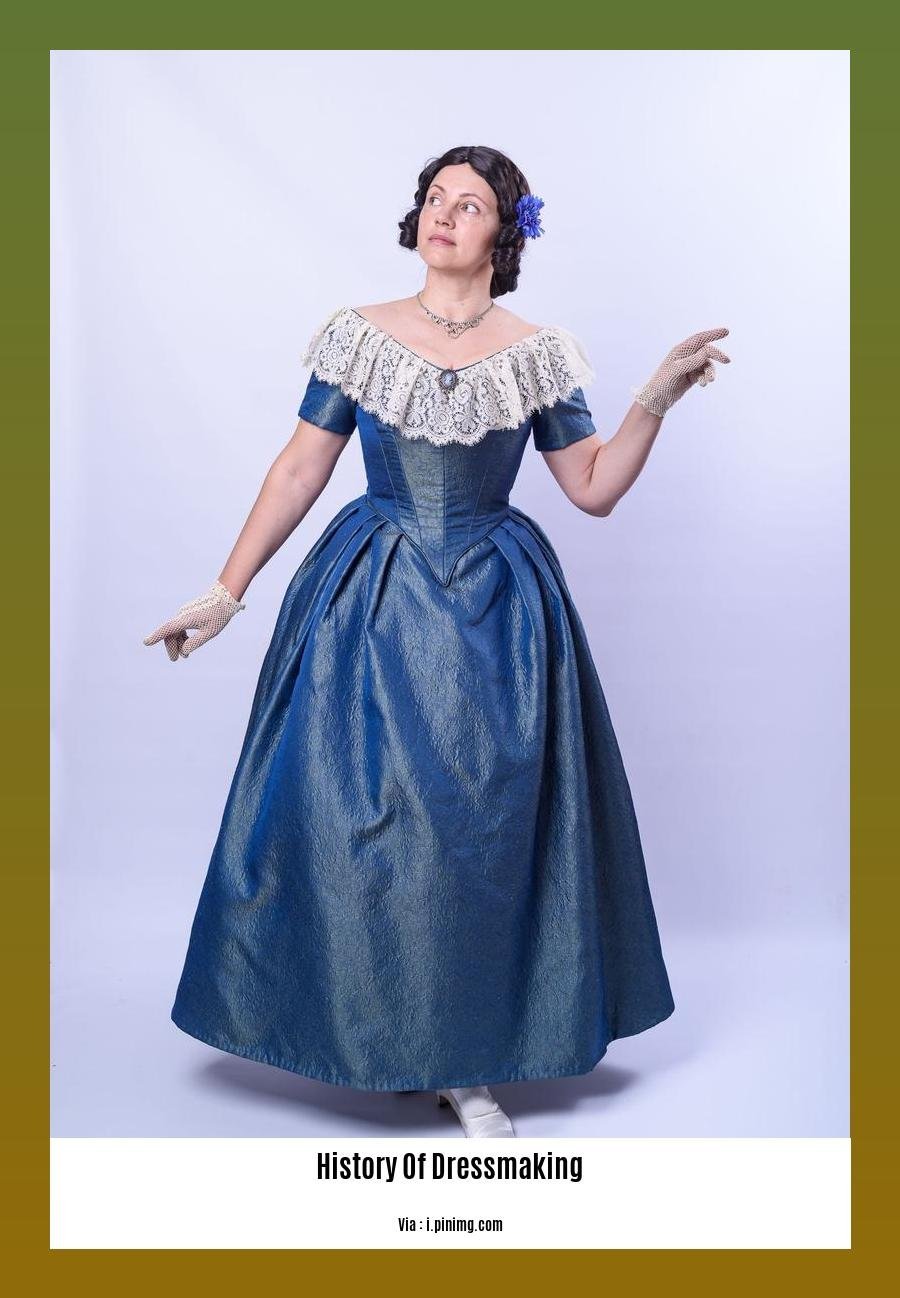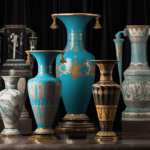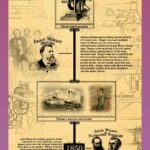Embark on a captivating journey through the annals of fashion as we unveil the rich history of dressmaking in our article, “Unveiling the History of Dressmaking: A Journey Through Time and Style.” From humble beginnings to haute couture, discover the evolution of dressmaking techniques, the influence of cultural shifts, and the stories behind iconic garments that have shaped the world of fashion. Prepare to be captivated as we explore the artistry, craftsmanship, and creativity that have transformed mere fabric into timeless masterpieces.
Key Takeaways:
Early humans used natural materials like tree leaves, animal fur, or skin for protection.
Dressmaking training was typically achieved through an apprenticeship system in the 19th century.
Technological advancements during the Industrial Revolution, like sewing machines, simplified dressmaking processes.
Modern dressmaking trends cycle, with a recent resurgence in high-class dressmaking due to demand for custom garments.
Dressmaking involves creating custom garments, often by trained or apprenticed professionals.
Historical fashion trends often inspire modern designs, with fashion representatives providing insights into these trends.
Cultural, social, economic, and technological factors all influence the history of dressmaking, reflecting societal evolution and individual styles.
History of Dressmaking
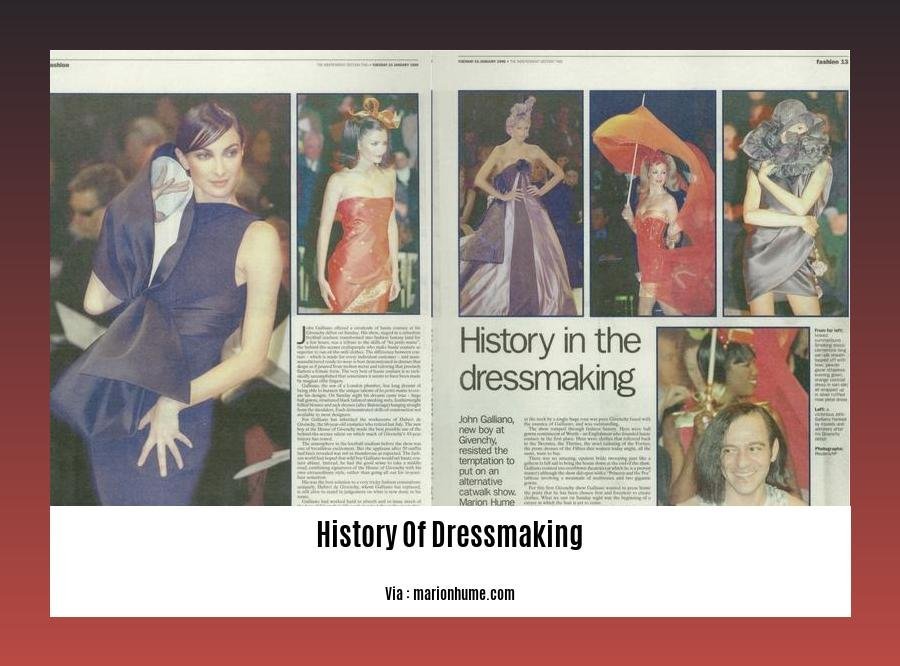
You love fashion and clothes, don’t you? Have you ever wondered how it all came to be? Let’s journey back in time and uncover the fascinating history of dressmaking!
The Early Days: Covering for Survival
Imagine our ancestors from over 600,000 years ago, covering their bodies with nature’s offerings—leaves, animal fur, and skin. Why? Practicality, my dear! They needed protection from the harsh elements.
The Evolution of Skills: From Apprentices to Masters
In the 19th century, aspiring dressmakers honed their skills through apprenticeships. They learned the art of pattern-making, draping, and sewing, transforming fabrics into wearable masterpieces.
Industrial Revolution: A Technological Leap
The Industrial Revolution brought a wave of innovation, introducing sewing machines that simplified the dressmaking process. Efficiency soared, and the fashion industry took a leap forward.
Modern Renaissance: Custom Creations and Trends
Contemporary dressmaking is a blend of tradition and innovation. Custom-made garments are making a comeback, catering to those seeking unique pieces. Fashion cycles continue to revolve, drawing inspiration from past trends.
Dressmaking’s Impact: Beyond Clothes, a Cultural Reflection
Dressmaking isn’t just about clothes; it’s a reflection of culture, society, and technology. It mirrors our evolving values, lifestyles, and creativity.
Historical Influences: Timeless Inspiration
Fashion details and trends often find their roots in historical periods. By connecting with fashion representatives, we gain insights into these influences and how they’ve shaped today’s trends.
So, there you have it, a glimpse into the history of dressmaking—a captivating journey through style, innovation, and cultural influences. Get ready to be inspired by the timeless art of creating wearable wonders!
Dive into the fascinating history of digital printing, revolutionizing the world of printing and opening up new possibilities for creative expression.
Explore the captivating history of disc golf, a unique and challenging sport that combines the excitement of golf with the precision of disc throwing.
Discover the intriguing history of EMS timeline, witnessing the evolution of emergency medical services and the heroic efforts of those who save lives.
Embark on a journey through the rich history of English drama 11th class and immerse yourself in the world of theater, exploring the works of legendary playwrights and the impact of drama on society.
Renaissance Innovations: The Renaissance period witnessed significant advancements in dressmaking, including the introduction of new fabrics, such as silk and velvet, and the development of new garment construction techniques. This era also saw the rise of fashion as a form of self-expression and social status.
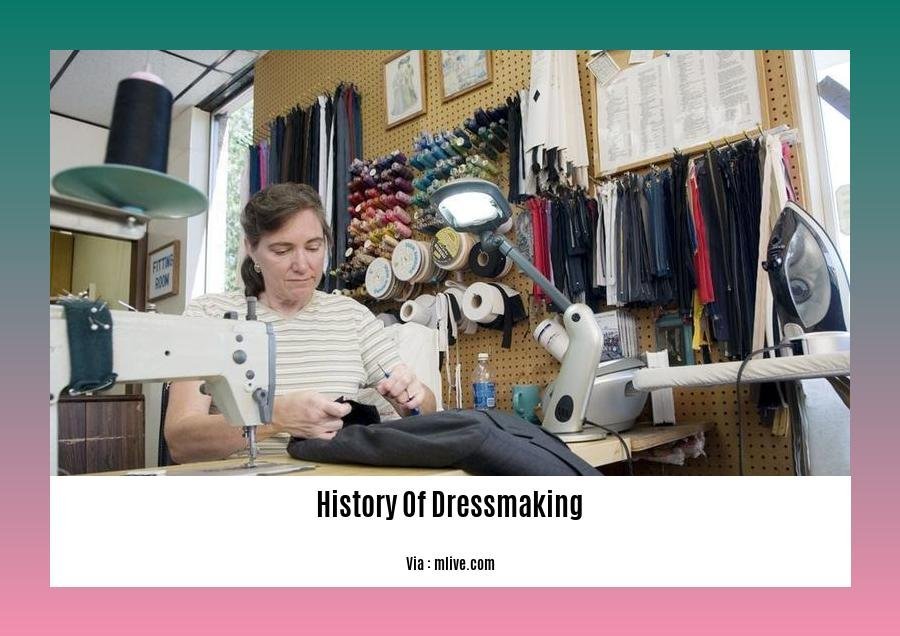
In the tapestry of history, the Renaissance stands as a radiant era that revolutionized not just art and literature, but also the world of dressmaking. During this period, Europe underwent profound changes that left lasting impacts on fashion and personal expression. Let’s explore the captivating innovations that redefined dressmaking in the Renaissance:
1. Fabrics of Splendor:
- Renaissance dressmakers embraced luxurious fabrics like silk and velvet, which were previously reserved for the elite.
- Velvet’s rich texture and vibrant colors made it a favorite choice for opulent garments, exuding elegance and opulence.
- Silk, with its ethereal drape and shimmering luster, became a symbol of refinement and femininity.
2. Seamless Lines and Curves:
- The Renaissance witnessed the emergence of new garment construction techniques that allowed for more intricate and flattering silhouettes.
- Tailors mastered the art of shaping garments that emphasized the body’s natural curves, leading to more form-fitting and tailored pieces.
- Dresses were often cut on the bias, allowing the fabric to drape and flow effortlessly, creating a graceful and elongated effect.
3. The Rise of Fashion and Self-Expression:
- The Renaissance marked a shift toward fashion as a means of self-expression and social status.
- Clothing became a canvas for individuality, allowing people to communicate their personality, wealth, and social standing.
- Sumptuary laws, regulating the type of fabrics and garments that could be worn by different social classes, reflected the importance of dress as a symbol of status.
4. The Influence of Art on Fashion:
- Renaissance art, with its emphasis on realism and the human form, significantly influenced fashion and dressmaking.
- Paintings and sculptures often depicted elaborate costumes and accessories, which served as inspiration for dressmakers and fashion designers.
- Artists and dressmakers collaborated to create garments that captured the essence of the Renaissance aesthetic.
5. Tailoring Gets a Boost:
- The Renaissance period introduced the concept of tailoring as a specialized craft.
- Tailors became experts in creating custom-fitted garments that accentuated the wearer’s figure and reflected their personal style.
- This attention to detail and craftsmanship elevated dressmaking to an art form, ensuring that each garment was a unique masterpiece.
6. The Birth of Fashion Capitals:
- The growth of the textile industry and the demand for luxury goods led to the emergence of fashion capitals, such as Florence, Venice, and Paris.
- These cities became hubs of creativity and innovation in dressmaking, attracting talented artisans and fashion enthusiasts from across Europe.
- The exchange of ideas and techniques within these fashion hubs further fueled the evolution of dressmaking.
Key Takeaways:
The introduction of luxurious fabrics, such as silk and velvet, brought a new level of opulence and sophistication to Renaissance dressmaking.
Advanced garment construction techniques allowed for more intricate and flattering silhouettes, emphasizing the beauty of the human form.
Fashion emerged as a powerful means of self-expression, enabling individuals to showcase their personality, wealth, and social status through their attire.
The influence of Renaissance art, with its realistic depictions of human figures and elaborate costumes, played a significant role in shaping the aesthetics of dressmaking.
Tailoring became a specialized craft, producing custom-fitted garments that celebrated individuality and craftsmanship.
The rise of fashion capitals, such as Florence, Venice, and Paris, fostered a vibrant exchange of ideas and techniques, propelling the evolution of dressmaking.
Citations:
1. Fashion and Dress in the Renaissance
2. Renaissance Fashion History
Industrial Revolution: The Industrial Revolution transformed the dressmaking industry, with the advent of sewing machines and mass production. This period saw the emergence of ready-to-wear clothing, which made fashionable garments more accessible to the general public.
Fashion enthusiasts, prepare to embark on a historical journey through the Industrial Revolution’s impact on dressmaking! This transformative era revolutionized the fashion landscape, introducing innovations that forever changed the way we create and wear clothing.
Sewing Machines: A Stitch in Time
The invention of the sewing machine in the mid-19th century marked a pivotal moment in the history of dressmaking. This ingenious device replaced the tedious and time-consuming process of hand-sewing, significantly increasing the speed and efficiency of garment construction. As a result, dressmakers could produce more garments in less time, leading to increased productivity and a surge in the fashion industry.
Mass Production: A Fashion Revolution
Prior to the Industrial Revolution, clothing was primarily made-to-order, requiring skilled dressmakers to custom-craft each garment according to individual measurements. However, the advent of mass production techniques transformed the fashion landscape, enabling the manufacture of garments in large quantities and standardized sizes. This shift made fashionable clothing more accessible and affordable to the general public, democratizing fashion like never before.
Ready-to-Wear: Democratizing Fashion
The emergence of ready-to-wear clothing during the Industrial Revolution was a game-changer for fashion enthusiasts. For the first time, people could purchase garments directly off the rack, without the need for custom fittings. This convenience revolutionized the way people shopped for clothes, making it easier and more affordable to stay on-trend.
Key Takeaways:
- The Industrial Revolution brought about significant advancements in dressmaking, including the invention of the sewing machine and the adoption of mass production techniques.
- The sewing machine revolutionized the dressmaking process, increasing productivity and efficiency.
- Mass production made fashionable clothing more accessible and affordable to the general public.
- Ready-to-wear clothing emerged as a convenient and cost-effective option for fashion-forward individuals.
Sources:
The Industrial Revolution and the Transformation of Dressmaking
The History of Ready-to-Wear Clothing
Modern Trends: In the 20th century, dressmaking evolved rapidly, influenced by social and cultural changes, as well as the rise of haute couture and ready-to-wear fashion. Today, dressmaking continues to flourish as both a traditional craft and a dynamic art form.
Did you know that dressmaking went through a dramatic shift in the 20th century? Let’s dive into how it evolved!
The 20th century was a pivotal era for dressmaking, characterized by remarkable changes in fashion and culture. Let’s unravel the fascinating journey of dressmaking that continues to shape the world of fashion.
The Rise of Haute Couture and Ready-to-Wear Fashion
Haute couture, the epitome of opulence and exclusivity, emerged in the early 20th century. Pioneered by legendary designers like Coco Chanel and Christian Dior, haute couture showcased exquisite, hand-crafted garments tailored to the individual.
In contrast, ready-to-wear fashion, or prêt-à-porter, gained prominence in the mid-20th century. These mass-produced garments, while not as exclusive as haute couture, offered a more accessible and affordable alternative to the bespoke creations of couture houses.
Social and Cultural Influences
The 20th century witnessed sweeping social and cultural changes that significantly impacted dressmaking. The women’s suffrage movement and the rise of female independence led to a shift towards more practical and comfortable clothing for women.
The advent of cinema and the influence of Hollywood glamorized fashion and made it accessible to a wider audience. Designers such as Edith Head and Orry-Kelly played a crucial role in shaping the iconic looks of the silver screen.
The Changing Role of the Dressmaker
Traditionally, dressmakers were seen as skilled artisans who crafted garments from scratch. However, the rise of ready-to-wear fashion led to a shift in their role. Dressmakers began to focus more on alterations and repairs, as well as creating custom pieces for special occasions.
The Future of Dressmaking
Today, dressmaking thrives as both a traditional craft and a contemporary art form. Bespoke tailoring services continue to cater to those seeking unique and personalized garments. At the same time, DIY dressmaking and upcycling projects have gained popularity, reflecting a growing interest in sustainable fashion and self-expression.
Key Takeaways:
- Haute couture emerged as a symbol of exclusivity and artistry, while ready-to-wear fashion made designer styles more accessible.
- Social and cultural changes influenced dressmaking, with women’s suffrage and Hollywood glamor playing significant roles.
- The role of the dressmaker shifted from creating garments from scratch to focusing on alterations and custom pieces.
- Dressmaking continues to flourish today, with bespoke tailoring and DIY dressmaking coexisting as traditional and contemporary expressions of the craft.
Sources:
- The History of Dressmaking
- Fashion in the 20th Century
FAQ
Q1: What significant historical event influenced early dressmaking techniques?
A1: The Renaissance witnessed a surge in the popularity of tailored clothing and advancements in sewing techniques, contributing to the evolution of dressmaking during that period.
Q2: How did the Industrial Revolution impact dressmaking?
A2: The Industrial Revolution brought technological innovations, such as the invention of the sewing machine, which transformed dressmaking from a primarily manual process to a more mechanized one.
Q3: What role did apprenticeship play in the history of dressmaking?
A3: Historically, aspiring dressmakers often learned their craft through an apprenticeship system, where they worked directly with experienced dressmakers to acquire the necessary skills and knowledge.
Q4: How have cultural influences shaped dressmaking practices across different regions?
A4: Dressmaking has been influenced by diverse cultural factors, resulting in a wide range of clothing styles and techniques. For example, Eastern dress, such as the kimono, reflects unique Japanese cultural aesthetics and traditions.
Q5: How has dressmaking evolved in recent years?
A5: Contemporary dressmaking embraces individuality and personal expression, with trends moving in cycles. The rise of custom-made garments and the resurgence of traditional techniques have contributed to the dynamic nature of modern dressmaking.
